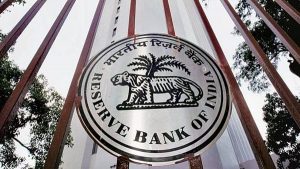Floating Rate Bonds (FRBs):

RBI’s Floating Rate Bonds (FRBs) are witnessing a sharp rise in demand as investors shift from equities, gold, and traditional deposits toward safer, higher-yielding government-backed debt instruments.
- The demand is due to their higher returns, which are linked to the National Savings Certificate (NSC) rate + 35 basis points.
- RBI’s Floating Rate Bonds (FRBs) First issued in 1995 in India, RBI’s FRBs are government securities with a variable coupon rate instead of a fixed one.
- The rate is reset at pre-announced intervals (typically every 6 months or 1 year) based on a pre-selected benchmark, distinguishing them from traditional fixed-rate bonds.
- The bonds are open to individuals (including joint holders) and Hindu Undivided Families (HUFs).
- Non-Resident Indians (NRIs) are not eligible to invest in these bonds.
- The interest rate on FRBs is tied to a market-based benchmark, typically the average yield of the last three auctions of 182-day Treasury Bills or a base rate plus a fixed spread decided through auction.
- In some cases, such as RBI’s retail FRBs, the coupon is linked to the NSC rate, making the returns adjust automatically with changes in broader interest rates.
- FRBs protects investors from interest-rate risk—when rates rise, coupon payment also rises.
- It serves as a diversification and hedging tool for portfolios dominated by fixed-rate debt instruments




